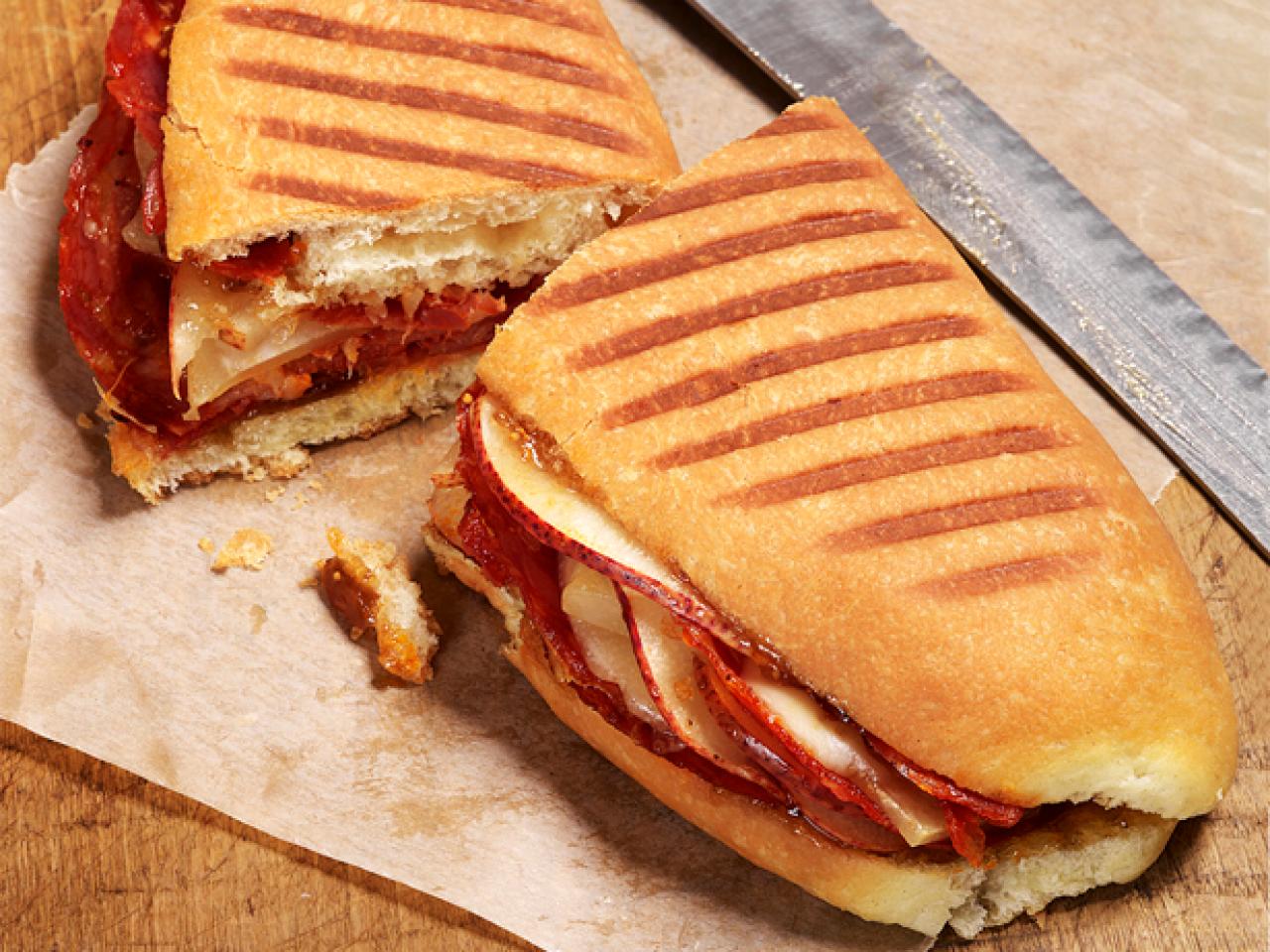
Once you have the above information, the best way to begin with the pricing estimate will be to scout the market rates for an event of a similar nature. This can be achieved with a few phone calls to some of the local catering companies. With this knowledge, you can be sure that you're not going to quote above the market rates.
In addition, while determining your own pricing strategy, you have a good yardstick so as not to quote lower than the norm. Thus, equipped with the upper and lower limits of pricing in terms of market rates, you can now begin your own estimation and arrive at a competitive pricing. If it is your first venture into the catering business, you need to evaluate the costs thoroughly before fixing the price. Calculate cost of your food (include cost of all ingredients for the dishes in your menu and the labor cost).
Extra costs include transportation costs, utility costs including that of equipment, propane, gasoline, ice, cleaning products, and cost of employing extra helping staff. Always include 10% extra food than required to manage contingencies. Include this in your costs. It is customary to fix the menu price at three times the total food cost. Depending on whether your customer is price-sensitive and how much your own desired profit margin is, you may negotiate or choose your own margin percentage.
Refer to your competitive rate research information to finally judge your own desired profit percentage. Tiered Pricing: This is very similar to fixed pricing but you can pass on the benefit of numbers to your customer. Essentially, more the expected turnout, lower will be the price of each item. You can have 3-4 such tiers with the minimum number of guests deciding each tier price. 18 for the same item and so on. This can be a very cost-effective model provided there is a great turnout of guests expected.
Thus, the ultimate profitable pricing strategy is a mix of several factors. Keep an open mind and be optimistic about the outcome. Once you know your market, your client base, etc., you will gradually work out the pricing strategy that is optimum for your catering business. Take each assignment as a challenge and be willing to learn from your mistakes as the catering business is certainly not for the faint-hearted.
Many unexpected challenges may arise in the form of lesser than expected guest turnouts or shortage of food during service, weather delays, etc. Once you start your catering business, only experience can help you find your foothold in this industry. With some experience, you will be able to predict and manage most risks and contingencies better and plan everything in a cost-effective manner.
Thanks for stopping by! This is so well explained. If there is an Asian Supermarket or specialty store near you, you should be able to find everything you need. I know some things can also be purchased online but that won't work for fresh vegetables! I do hope that you can find all the ingredients and are able to try this.
If you do please come back and give me your feedback! Thanks for stopping by! I think finding some of the ingredients for the recipes may be a little tricky, but definitely want to give them a go. It is interesting how different yet similar recipes and cooking methods are in a particular region.
The first time I tried curry was in Montreal, Canada at a restaurant called "Au Tarrot". It was an Indian restaurant and I had curried lamb. It was very good and a bit spicy (and expensive!) Although I really enjoyed it, my companion didn't like it at all. I think that the curry from this region (Cambodia, etc) tends to be more mild. It really is easy.
Tags:
How Make Food
